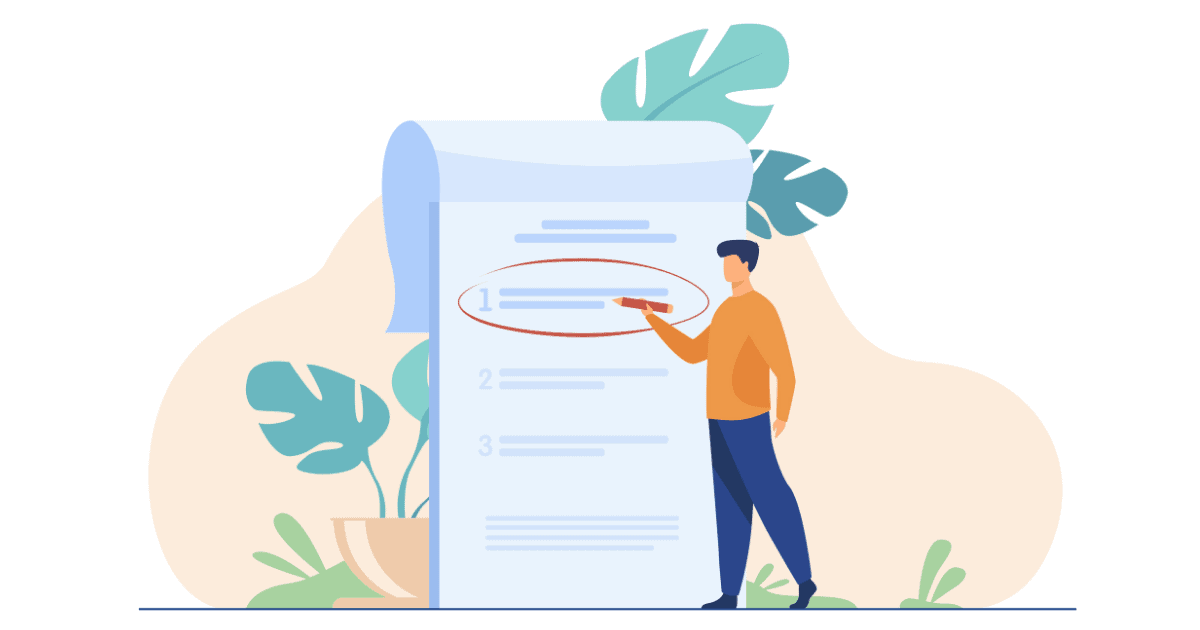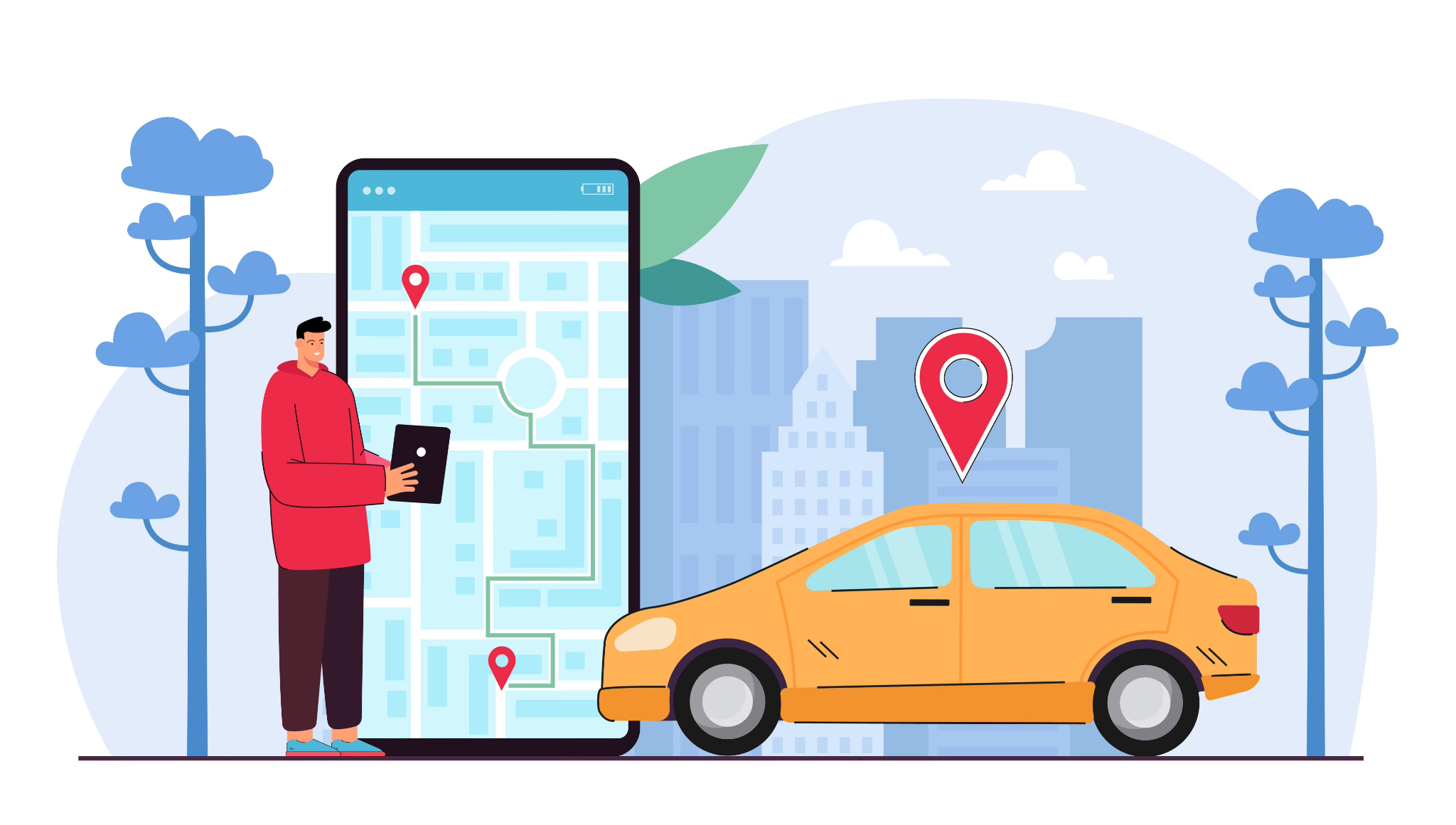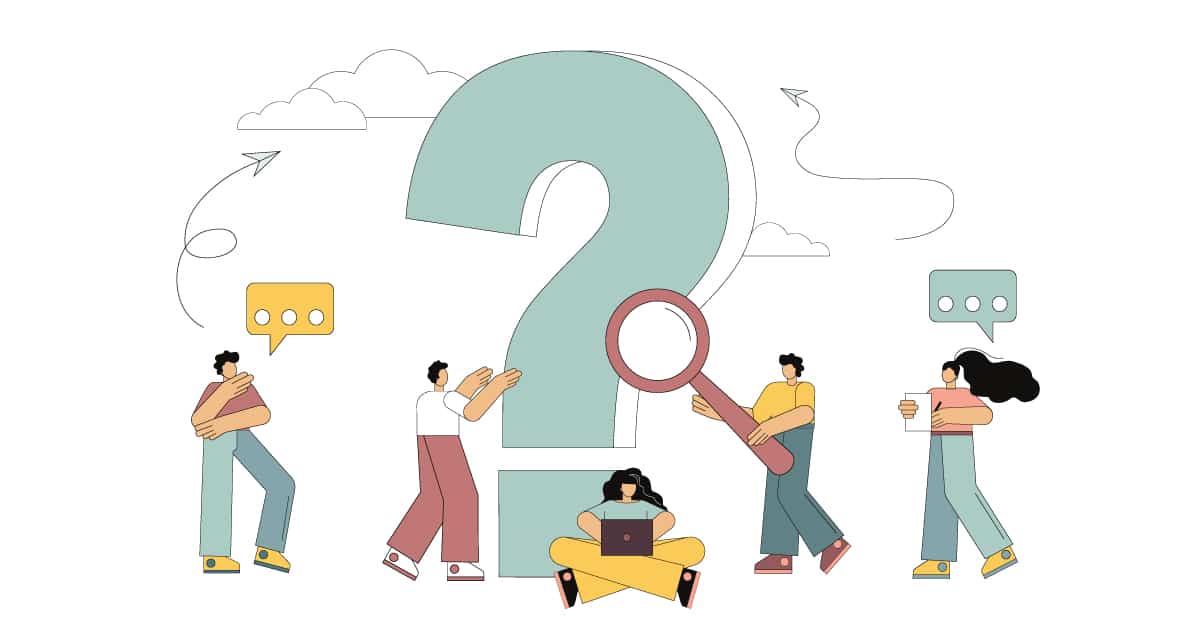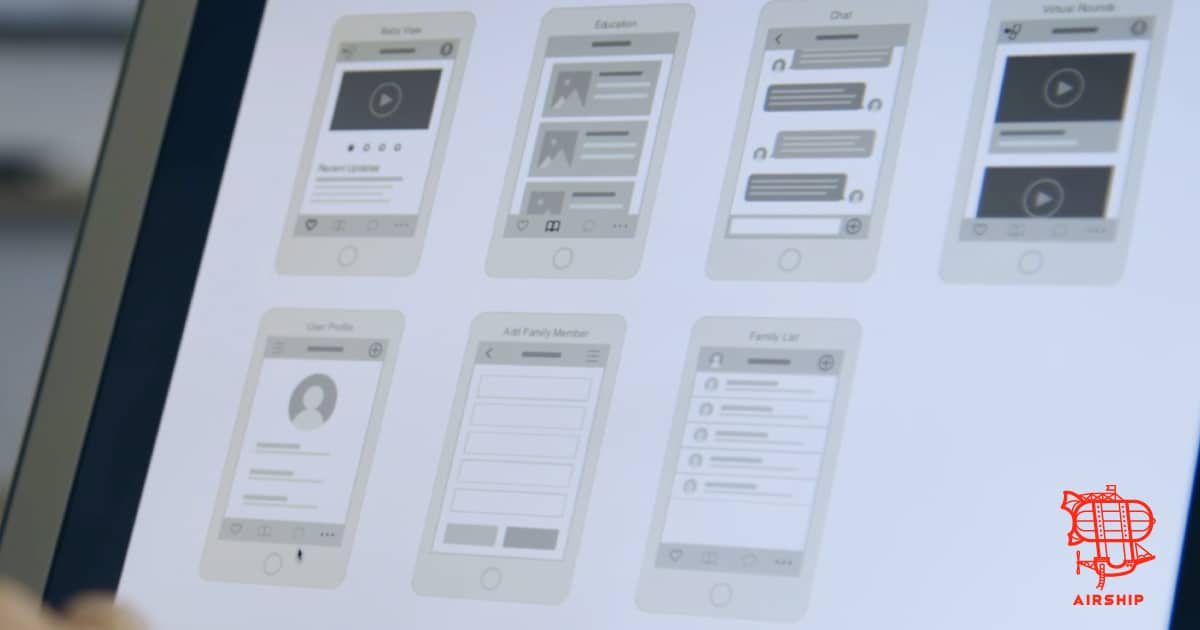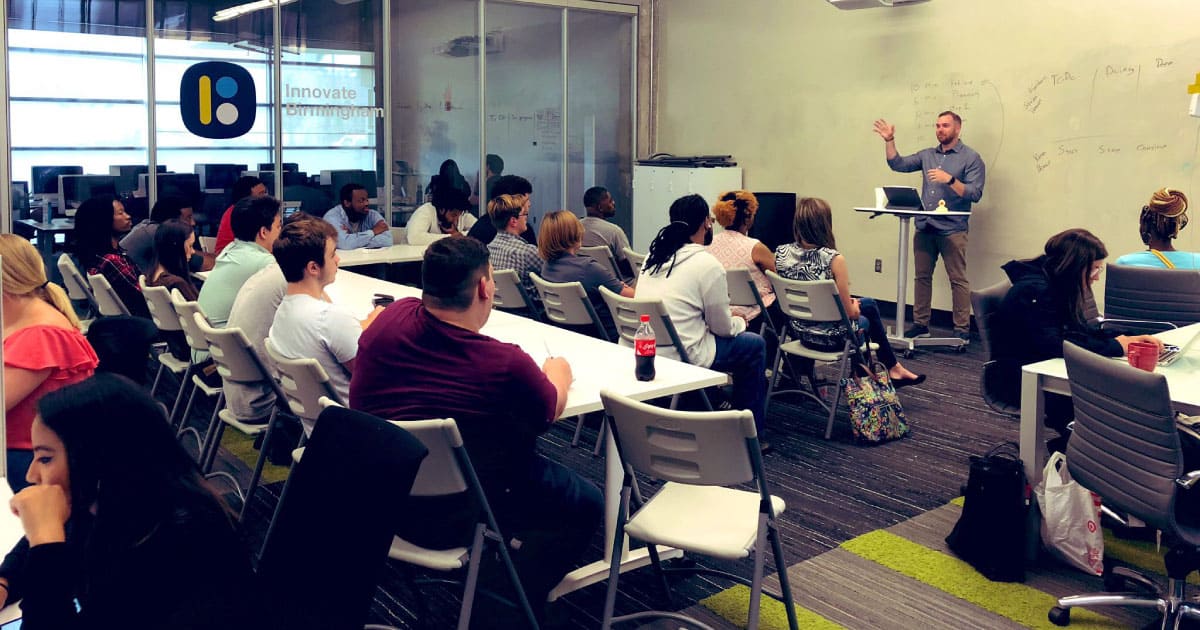A decade or so ago, an article from Forbes declared the end of IT outsourcing was upon us and for a ...
- Code (35)
- Tech (32)
- Leadership (27)
- Best Practice (21)
- UX Design (18)
- Airship News (14)
- Industry (14)
- Birmingham (11)
- Process (11)
- Products (11)
- Ruby (7)
- Tools (7)
- Hiring (6)
- React Native (5)
- Open Source (4)
- DEI (3)
- Maintenance (3)
- Uncategorized (3)
- Accessibility (2)
- Git (2)
- User Research (2)
- Mobile (1)
There is one certainty in writing software and that is “there are 100 ways to solve the same ...
It is prevalent these days to hear people throw around ideas of agile this and waterfall that. Just ...
User experience (UX) is a crucial factor that directly affects all of our digital experiences, ...
Recently, our CEO, Trent Kocurek, along with one of our project navigators, Amber Tatum, and ...
This blog post describing what MVP means in software development was originally published in ...
Earlier this month (July 2019), Trent Kocurek spoke to the Innovate Bham class about what it's like ...
Imagine this: You spend all your time working to design, develop, test, and deploy your application ...
So you have a pull request all ready to go, except for one small problem: your target branch has ...
Lessons in parenting from programming principles (or vice versa) Tell, don’t ask I have been ...

Start with: What problem are you trying to solve?
One of the activities we work through revolves around refining your problem statement. A problem statement is the key business problem that needs to be solved. In software development, it states “what has to be done” for a project to succeed. It does not say, “how it has to be done.”
We use the 5W’s + 1 H format as well as the SMART Framework when establishing a problem statement. In fact, you can draft your own problem statement by using our free download. This download will get you thinking through some of the questions and answers prior to starting your project.


